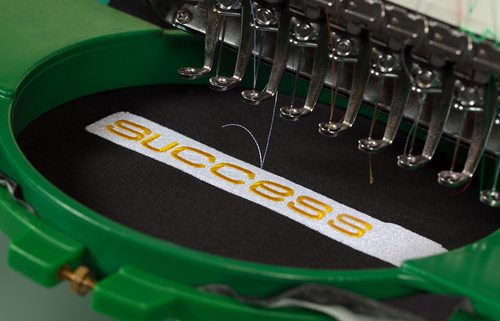Why is Vector Art Important to the Quality of Your Product?
There are two types of art files – raster images and vector images. An example of a rasterized image is a photograph which is made up of thousands of little colored dots. The more dots you have, the cleaner and crisper the photo or art. But if you make that artwork large, or if there are not a lot of dots per inch, the quality will be poor (simply zoom in and you will see). You’ll see the dots themselves rather than the picture and the image will be “pixelated”.
Vector artwork, on the other hand, is made up of points with definite positions on an X and Y axis. Those points can be connected by lines that might be thick or thin. And the areas those lines create can be filled with color. The art is the result of math rather than colored dots, and therefore is scaleable.
An example of vector art is a company logo. The same piece of vector artwork can be used to print a tiny image on a lanyard or a huge billboard by a highway.
Programs like Adobe Illustrator and Corel Draw are most commonly used to create vector art files. It is important to note that only art created in a vector format is vector art. You can take a raster art file and open it in a vector program, then save it as an .eps or other common vector format extension, but that does not change a raster image to a vector image. It must be created as a vector file — with points, lines and color fills — to be vector art.
Different print methods (or formats) are used on different items. It is important that you use a promotional products professional that has a great understanding of these differences and knowledge of which imprint method will work best with the products ordered. Good art should be a major topic of discussion because it can make the difference between getting a good product or a great product.


